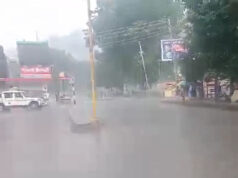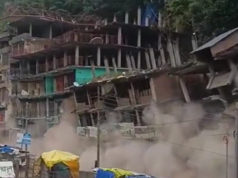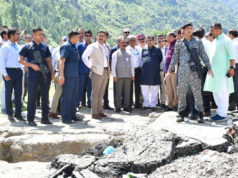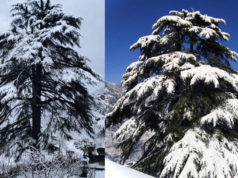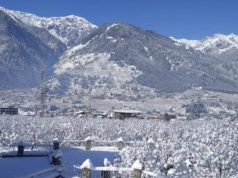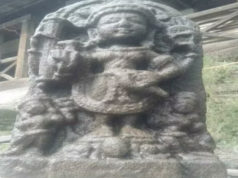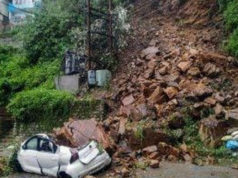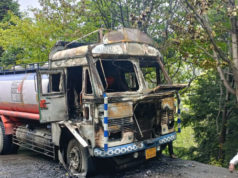Himachal’s varied culture and geographical difference make it different from rest of the word. Its culture is unique and tradition has remained largely untouched by external customs.
Himachal Pradesh is a multicultural as well as multilingual state where language changes every few kilometres. Its fairs are mainly based on region and its folklore. Kahika fair is one of them. It celebrated in the Kullu district, in which it believes that the local deity bestows a dead man with life.
If we believe legends, the beginning of this festival goes back into history as it believes that once a local deity came to Shirar village along with his friend Naur. Both felt hungry and the deity went to the local chief for food but the chief refused. This enraged the deity and he went to the top of a hill and brought about flood. The turbulent flood destroyed everything making its way. The deity soon realized that his friend Naur had also become a victim of the flood. He felt responsible for his death. So he started commemorating this festival every third year in his remembrance.
Though it started on June 20, the main attraction of this fair is on 2nd July as the Naur (a tribe) would be offered water with some “divine powers” to drink after which he would become unconscious and his family members start wailing. After a couple of hours, deities would return life in him. During the Kahika fair, the entire village would bore a festive look with colourful canopies and the sounds of hymns would mark the beginning of the festival in the village.
A square altar is prepared with the branches of a Deodar tree at its four corners. A person from the Naur tribe sits in it and Deo Khel (a form of dance) is performed here. People confess their sins and repent. This is how the whole incident is symbolically repeated.


